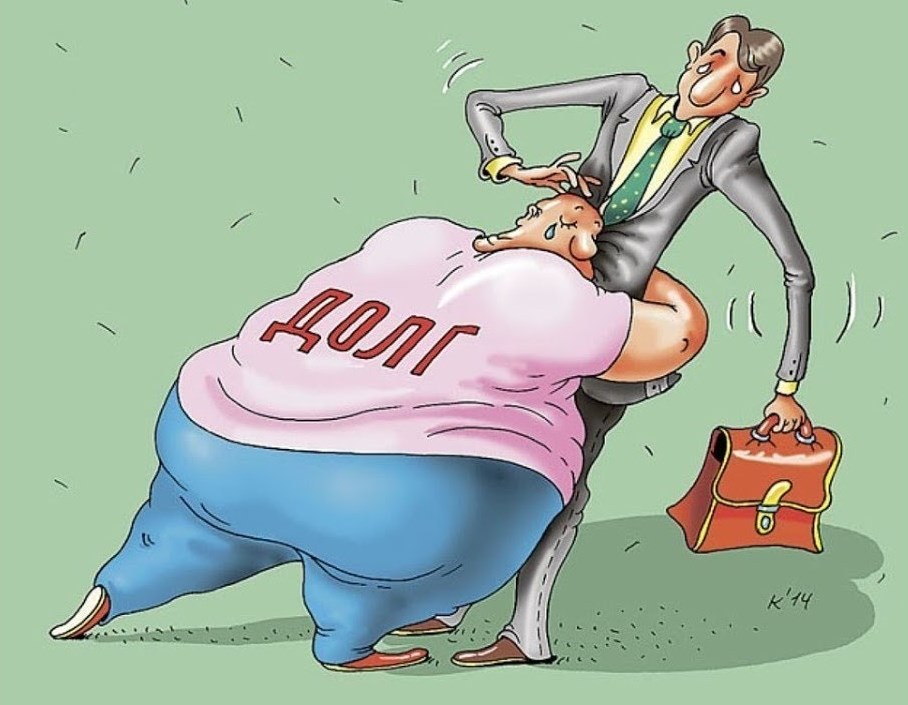Financial Sovereignty Eroding
 The situation got worse
The situation got worse

On December 8, 1999, Presidents Boris Yeltsin and Aliaksandr Lukashenka inked a union treaty between Belarus and Russia. The day before this historic agreement, on December 7, Russia extended a symbolic gesture to its neighbors, effectively marking the conclusion of the decision to restructure Minsk’s debts.
The upper house of the Russian parliament – the Federation Council – ratified a bilateral agreement altering the terms of specific Russian-Belarusian intergovernmental agreements. These agreements pertained to the repayment terms of Belarus’ debt to its neighboring country. The treaties had been ratified by the lower house, the State Duma, by the end of November.
The document outlines the deferral of payments to settle the principal debt on government loans issued to Belarus. Payments originally scheduled from April 16 to December 31, 2023, are now postponed, with the new timeline spanning from 2029 to 2034. Details of the transaction remain undisclosed due to the confidentiality of the agreement.
According to Elena Afanasieva, a member of the Federation Council Committee on International Affairs, the document was signed in Moscow on April 21, 2023, with implementation starting the next day. This likely refers to the decision to defer payments on a loan for a nuclear power plant for a year—Belarus has been utilizing this loan since 2011. Subsequently, Minsk completed internal procedures for the agreement to take effect, officially informing Moscow on July 18 that the legal processes had been completed.
While Belarus has had an external public debt for a considerable period, it escalated significantly after the 2008 crisis. The government procured foreign currency loans, primarily allocated to modernizing factories. However, this modernization failed to yield positive results. Following the introduction of serious sanctions in 2010, the number of countries and organizations willing to provide loans to Belarus dwindled substantially. As a result, Minsk relied heavily on borrowing from Russia, almost exclusively in the last three years. China, in particular, has shown diminished interest in lending to Lukashenka since 2020.
As of July 1, the National Bank of Belarus reported that the external debt of the public sector, in an expanded definition, amounted to USD 17.2 billion. Earlier, the Ministry of Finance noted that Russia accounted for about 70% of this debt, approximately USD 12 billion. It’s crucial to note that the interest rates at which these funds were borrowed often remain undisclosed. Additionally, part of the new loans was issued to Belarus to settle old debts owed to the Russian government.
The seemingly positive aspect of deferring debt payments for up to six years has a negative undertone. Firstly, Russia remains the exclusive supplier of credit resources, rendering Minsk’s debt diversification strategy unsuccessful. Secondly, the Belarusian government lacks the means to timely settle its debts, even though the term “default” is not explicitly uttered. In this aspect, Belarus differs from subsidized Russian regions only because it is a full-fledged issuer, issuing national currency and securities.
Subscribe to our newsletter




Situation in Belarus
Constitutional referendum: main consequences


 Video
Video
How to count the political prisoners: are the new criteria needed?


 Video
Video
Paternalism In Decline, Belarusian Euroscepticism, And The Influence Of Russia


 Video
Video












